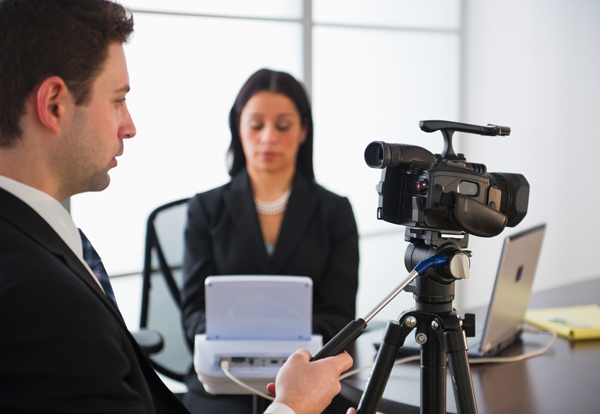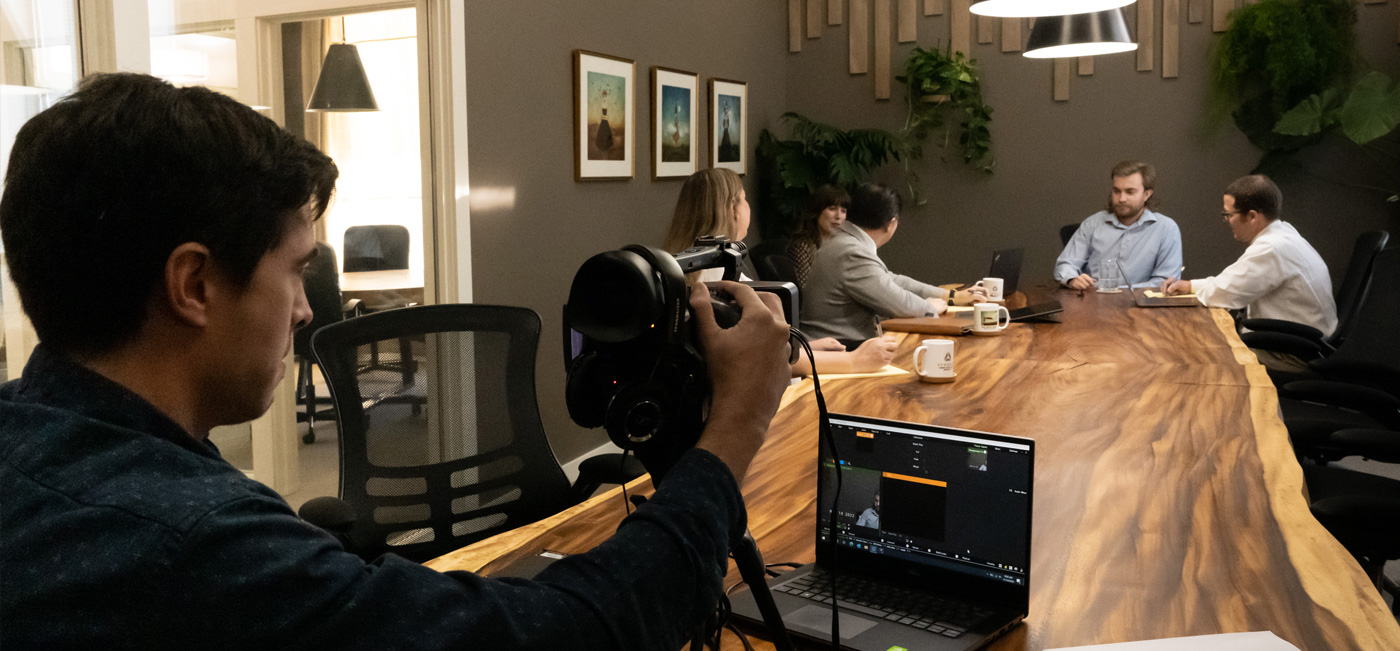Recognizing the Impact of Legal Videography on Instance Outcomes
Recognizing the Impact of Legal Videography on Instance Outcomes
Blog Article
Diving Into the Systems of Legal Videography: Introduction Its Operation in Shielding Authentic Aesthetic Testament for Judicial Proceedings
In the realm of judicial procedures, the function of lawful videography stands as a foundation in maintaining and presenting aesthetic evidence. As innovation continues to development, the mechanisms behind lawful videography have come to be increasingly elaborate, using a vital layer of credibility to testimonies caught on video.
Historical Development of Lawful Videography
Analyzing the historical progression of legal videography reveals a substantial makeover in the capturing and discussion of aesthetic proof within the lawful landscape. In the past, lawful process heavily relied upon written transcripts and photographs to record occasions and provide proof. Nevertheless, with the arrival of video clip technology, the legal market experienced a standard shift in just how aesthetic testament was caught and presented.
The advancement of legal videography can be mapped back to the late 20th century when innovations in video recording devices made it extra available for use in courts. This technological advancement not just improved the accuracy and reliability of visual proof but likewise changed the means cases existed to courts and courts (Legal Videography). Lawyers began to acknowledge the influential power of video recordings in communicating emotions, nuances, and non-verbal hints that written transcripts or photos alone can not capture successfully

Technology Improvements in Video Clip Paperwork
What crucial technical advancements have transformed video clip paperwork in the lawful field? The lawful area has actually seen considerable improvements in video clip paperwork technology that have boosted the authenticity and integrity of visual proof in judicial procedures. Among the crucial innovations is high-definition (HD) video clip recording abilities, which offer crystal-clear pictures and sharp information that are crucial for accurately capturing testimonies, facial expressions, and other aesthetic signs. Additionally, the combination of timestamping and metadata features in video clip paperwork tools has allowed precise paperwork of when and where the video clip was recorded, making sure the integrity of the proof presented in court.
Additionally, improvements in video encryption and watermarking innovations have reinforced the security and tamper-proof nature of video proof, guarding it versus unauthorized modifications or meddling. Additionally, the introduction of cloud storage services and remote access capacities has structured the storage, retrieval, and sharing of video clip proof, facilitating smooth partnership amongst attorneys and ensuring efficient access to important aesthetic testaments when required. These technical innovations in video documentation have certainly reinvented the lawful field, boosting the precision, reputation, and admissibility of aesthetic evidence in judicial procedures.
Function of Lawful Videographers in Court Room Settings
The advancement of video clip documentation technology in the lawful field has demanded a vital duty for lawful videographers in courtroom settings, making sure the honesty and reliability of aesthetic statements presented throughout judicial procedures. Lawful videographers play a fundamental function in recording and maintaining precise aesthetic proof that can be crucial in litigation. Their obligation extends to setting up tools, videotaping procedures, and generating high-quality video clips that properly show the events in the court pop over to these guys room.
In court room setups, lawful videographers have to follow strict guidelines and standards to preserve the credibility of the aesthetic document. They have to have a keen eye for information and an extensive understanding of legal procedures to make sure that the video they record is a true representation of the occasions that transpired. Furthermore, lawful videographers commonly work carefully with lawful groups to make sure that the video clip evidence aligns with the situation's demands and can be efficiently offered in court to support the legal debates being made. On the whole, the role of lawful videographers in courtroom settings is indispensable in maintaining the concepts of justice and guaranteeing the openness of lawful procedures.

Ensuring Admissibility and Honesty of Video Evidence
To keep the reliability of aesthetic proof offered in lawful proceedings, making certain the admissibility and stability of video clip proof is a crucial duty for lawful videographers. Admissibility describes the acceptance of evidence by the court, and for video evidence to be acceptable, it has to meet specific criteria. Legal videographers play a critical function in making certain that the video clips they capture follow the policies of proof, such as relevance, reliability, and credibility.
Stability of video clip proof includes keeping the creativity and accuracy of the video from the time it is recorded until it is provided in court. This includes safely keeping the video clip files, recording the chain of custodianship, and avoiding any kind of tampering or alterations. Lawful videographers must abide by rigorous protocols to why not try these out ensure the integrity of the video evidence and prevent any difficulties to its credibility.
Future Trends in Legal Videography
Offered the enhancing dependence on technology in legal process, legal videographers are positioned to embrace cutting-edge advancements shaping the future of visual testament capture and presentation. One of the famous trends imminent is the integration of virtual truth (VIRTUAL REALITY) and enhanced fact (AR) innovations right into legal videography. These modern technologies have the possible to reinvent how aesthetic evidence is presented in courts, allowing courts and courts to submerse themselves in the scene of the criminal offense or incident.
Furthermore, using artificial knowledge (AI) formulas for video evaluation is expected to streamline the process of reviewing and examining huge quantities of video clip footage. AI can help in identifying vital moments, anomalies, and patterns within videos, boosting the efficiency of lawful examinations.

Conclusion
Finally, lawful videography has played an essential duty in offering authentic visual evidence for judicial process. Via technical innovations and the experience of legal videographers, the integrity and admissibility of video clip evidence are made certain in courtroom settings. As legal videography proceeds to advance, it will be necessary to promote criteria that maintain the accuracy and integrity of visual statement for the future of lawful process.
Taking a look at the historical progression of lawful videography reveals a considerable transformation in the recording and presentation of aesthetic evidence within the lawful landscape.The evolution of video clip paperwork innovation in the legal area has necessitated an important function for legal videographers in courtroom settings, ensuring the honesty and dependability of aesthetic statements provided during judicial process. Additionally, lawful videographers frequently work very closely with lawful groups to make certain that the video evidence lines up with the instance's needs and can be efficiently offered in court to sustain the lawful debates being visit this site right here made.To keep the reputation of visual proof offered in lawful proceedings, making sure the admissibility and stability of video proof is a critical responsibility for legal videographers. As legal videography proceeds to progress, it will be vital to promote standards that preserve the precision and reliability of visual testament for the future of legal process.
Report this page